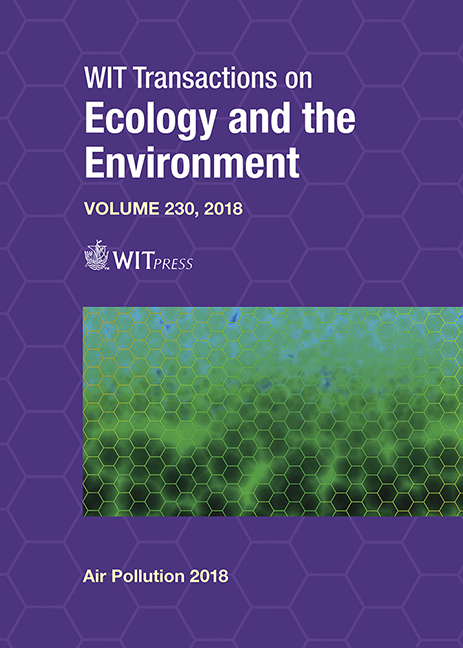AIR POLLUTANTS, EMISSIONS AND CARBON FOOTPRINT AT CITY LEVEL: THE CLAIRCITY PROJECT
Price
Free (open access)
Transaction
Volume
230
Pages
13
Page Range
263 - 275
Published
2018
Paper DOI
10.2495/AIR180251
Copyright
WIT Press
Author(s)
CARLO TROZZI, ENZO PISCITELLO, RITA VACCARO
Abstract
The paper reports about integrated quantification of air pollutants emissions and carbon footprint in the frame of Horizon 2020 Project ClairCity. ClairCity is a four year project (2016–2020) working directly with citizens and local authorities in six countries around Europe. In the project sixteen partner organisations are involved. From the adoption of the Kyoto Protocol to the United Nations Framework Convention on Climate Change, great attention has been devoted to reducing carbon dioxide and other greenhouse gases emissions at the international level and specific initiatives at city level have been launched. At the same time despite continued efforts to reduce emissions of harmful air pollutants, air pollution remains a worldwide concern, including in large areas of Europe, particularly in cities where the effects on human health are the major concerns. For a long time, policies aimed at reducing greenhouse gases emissions and those aimed at improving air quality have been indifferent to one another if not in contradiction. Inside ClairCity project a complete innovative set of tools for the integrated evaluation of air pollution and carbon footprint at city level was designed and developed. The approach for air pollutants emissions evaluation follow the well developed methodology from EMEP-EEA Task force on emission inventory and projections. The emission inventory is finalized to evaluate pollution to a very detailed activities levels and territorial domains . Emissions evaluation methodology and emission factors are collected and a modelling framework to obtain territorially disaggregated emissions is introduced. For carbon footprint different approaches are followed by the project with reference to the use of conventional emission factors and lyfe cycle emission factors. In the paper methodologies for emission inventory and carbon footprint evaluations are introduced. Bristol and Amsterdam baseline scenario case studies results are reported with reference to emission inventory of industrial, residential and commercial sources and for overal city level carbon footprint. The output of the activities will be the input for air quality, people exposure and health effects modeling,
Keywords
emissions inventory, carbon footprint, life cycle emission factors, cities, Bristol, Amsterdam, air quality models





